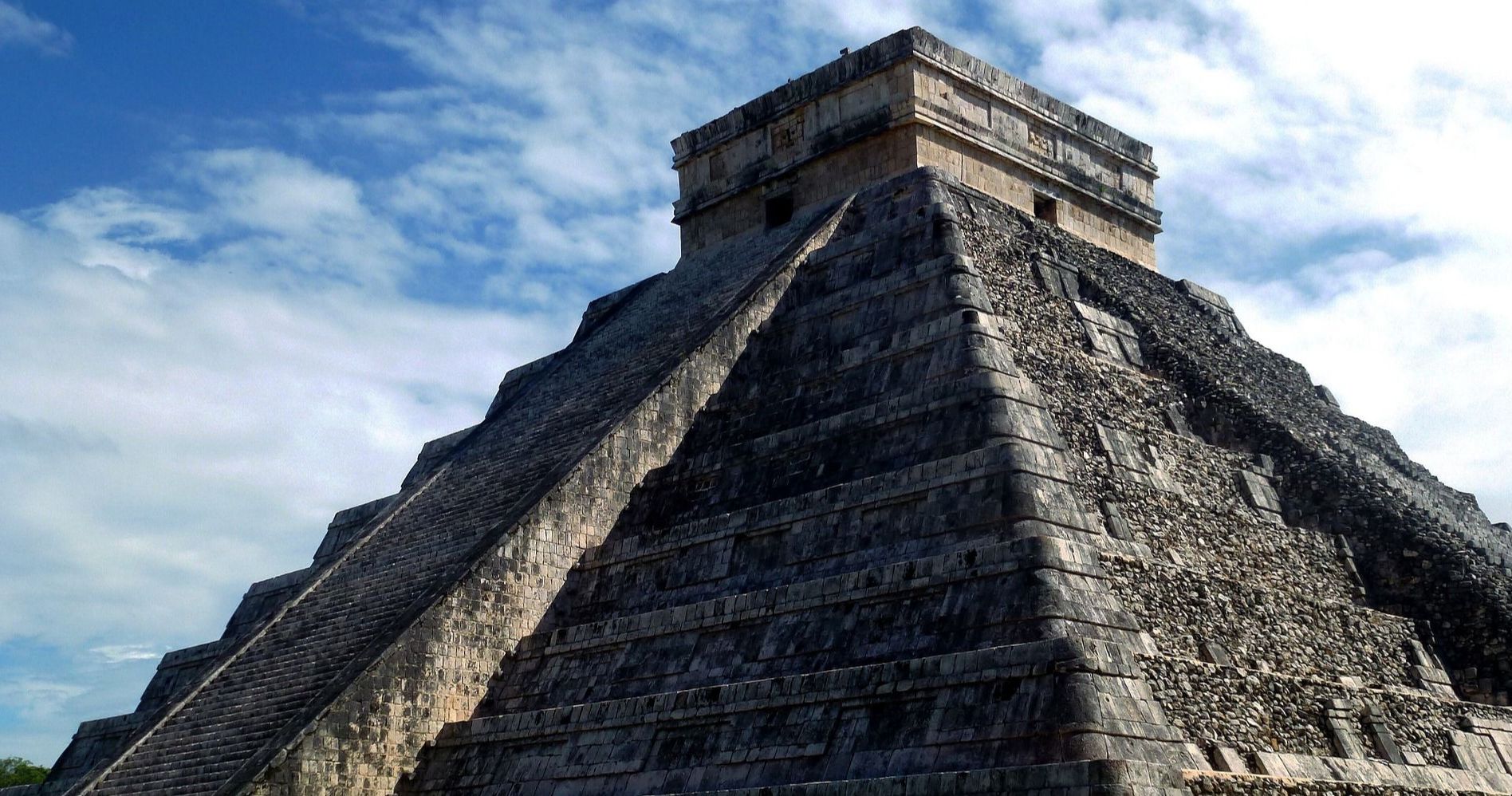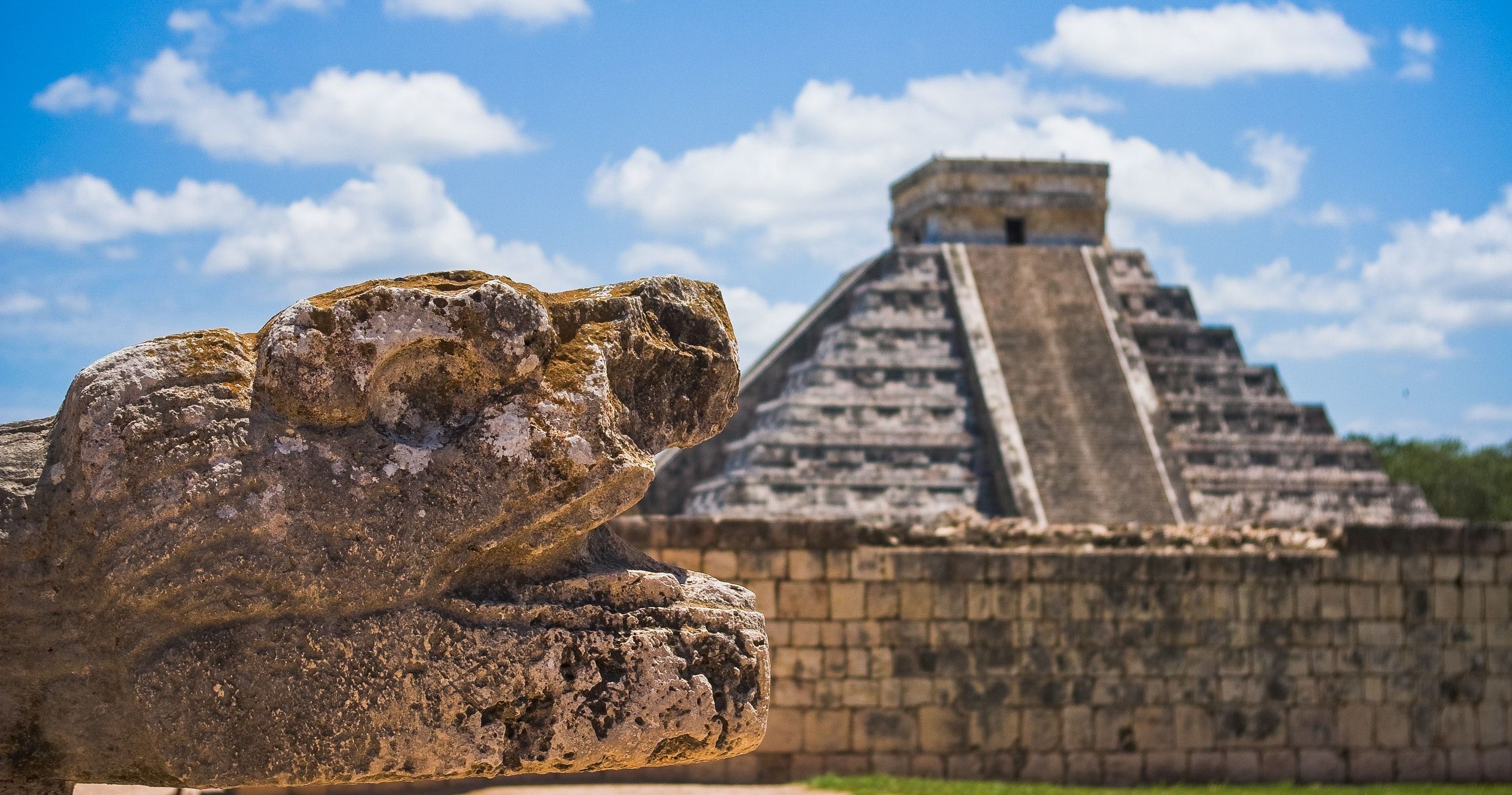Millions of tourists go to Chichen Itza annually to discover its architectural miracles and get a better understanding of the Mayan culture. The Northern half of the Yucatan Peninsula had to briefly close its doors to tourists in April last year, but now it’s reopened and serves as a model for other destinations in terms of recovery. According to Rodrigo Esponda, managing director of the Los Cabos Tourism Board, travelers can enjoy everything the destination has to offer while staying socially distanced from others. If you’re taking into account a getaway, Mexico definitely has its appeal, owing to its proximity to the United States. Take a trip to Mexico and don’t neglect the notable structures at Chichen Itza. Here are some facts you might not have known about this wonder. There’s a lot to be discovered, just to be clear.

El Castillo has 365 steps
El Castillo, commonly referred to as the Temple of Kukulcán, dominates the center of Chichen Itza. The former Maya temple rises 98 feet above the ground. It’s believed that the structure functions as a 3D diagram of the universe, mapping out both time and space. El Castillo has 365 steps, which symbolize the number of days in the solar year. Coming up with a 365-day calendar is a major achievement of Maya science. Interestingly enough, El Castillo measures up to the calendar in other ways. During the spring and autumn equinoxes, the sun makes certain shadows on the sides of the temple. As the light changes, it appears as if a serpent is slithering down the pyramid and wandering around.
The veneration of the Serpent isn’t a Maya tradition
The devotion to Serpent deities is present in several ancient cultures, snakes being largely regarded as holders of knowledge, strength, and renewal. Many don’t know that the serpent depicted at Chichen Itza was introduced by the Toltecs, a civilization from the north of Mexico. The warriors of Tula arrived in the Mayan Peninsula in the 10th century. They would gather people in the esplanade on the days of the equinox and tell them that their god is Kukulcán. Needless to say, the Maya were taken aback by the optical effect of Chichen Itza. The most important thing to remember is that the sculpture of the Serpent was later added to the Maya geometric mosaic design.
Chichen Itza accommodates a stunning cenote
A cenote is an abyssal, water-filled basin, produced by the collapse of limestone bedrock that reveals the groundwater. Chichen Itza is home to the Cenote of Sacrifice, which cuts into the earth and is intertwined with vines and lush vegetation. As the name clearly suggests, it was a repository for sacrifices, both human and otherwise. The skulls and other remains found indicate that mutilation was practiced. We don’t know if the skulls were displayed as trophies, warnings, or they were treasured sacrifices. At any rate, the artifacts can be viewed at the Peabody Museum at Harvard University. And let’s not forget about the National Museum of Anthropology in New Mexico.
The Maya abandoned their impressive limestone city because of droughts
Despite the fact that Chichen Itza was an important center and the home of the Maya civilization, it was eventually abandoned. It was vacated for approximately 100 years due to a severe drought. The once-thriving Maya civilization was gone forever. The people survived and they even succeeded in reaching the European continent, but their political and economic power has vanished. The climate shift led to the Maya’s demise.

